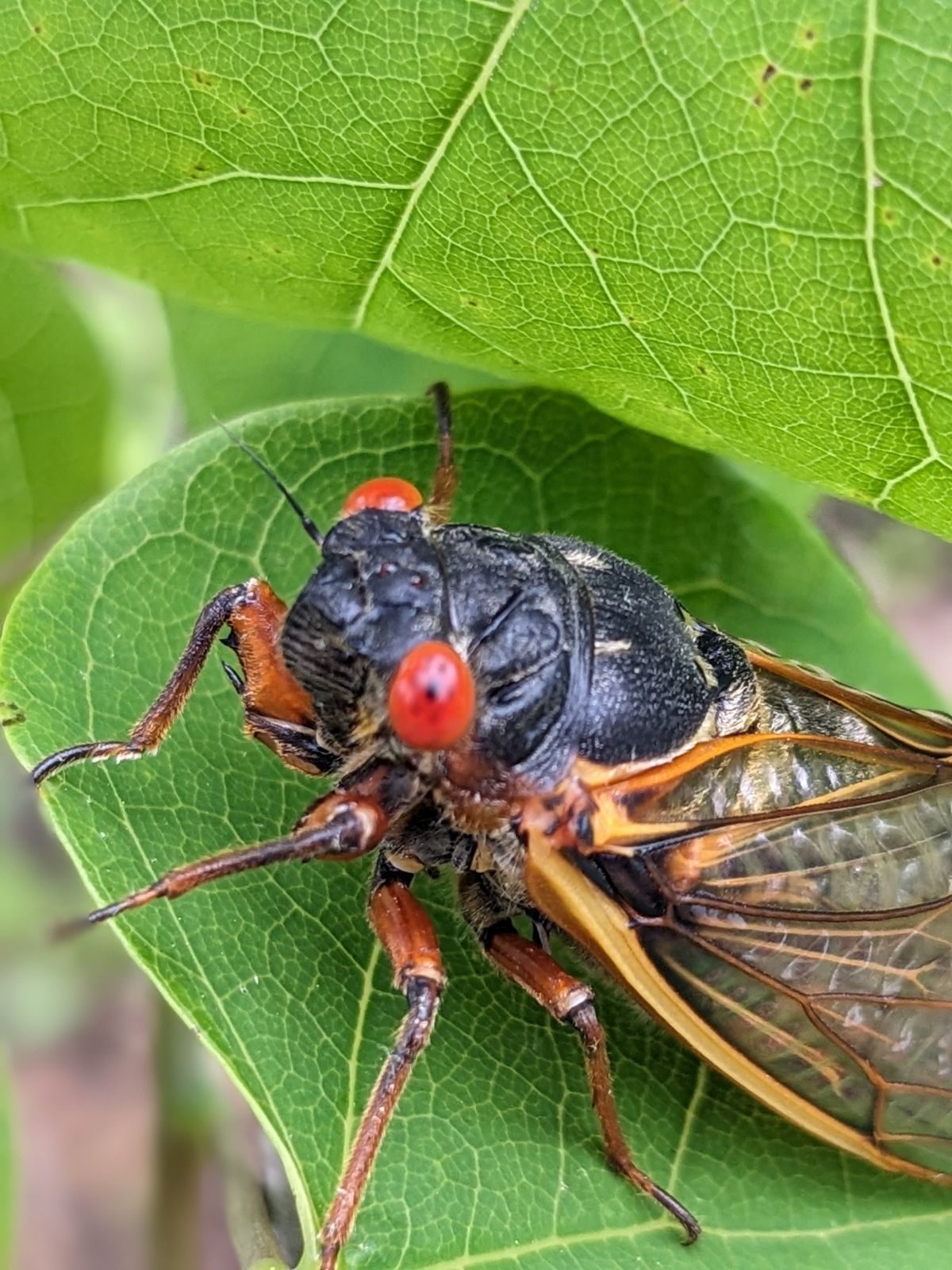

Massospora cicadina - Learning Entomopathogenic Fungi
The Mysterious Mycology behind Periodical Cicadas
Massospora, a specialized fungal parasite, orchestrates a complex interaction with periodical cicadas that is both fascinating and somewhat macabre. This fungus has evolved a sophisticated method of manipulating its host to ensure its own reproduction and dissemination, illustrating the incredible adaptability and complexity of parasitic relationships in nature.
Massospora's Life Cycle
Massospora infects cicadas in two sequential stages that have profound impacts on the insects' behaviors. The initial infection occurs when cicadas, emerging from the ground after a 13 or 17-year developmental period, encounter spores left in the soil by previous generations. Infected males soon begin to exhibit behaviors typical of sexually receptive females, such as wing-flicking, which are crucial for attracting mates. This bizarre twist in behavior, caused by the fungus, is used to lure other males and facilitate the spread of the infection through direct contact, as the males attempt to mate with each other.
The Neurochemical Puppetry of Massospora
The mind-control aspect of Massospora's interaction with cicadas involves bioactive compounds that are typically found in psychedelic substances. Remarkably, this fungus produces both psilocybin and an amphetamine, which alter the host's behavior. Psilocybin, known for its presence psychedelic mushrooms, induces hyperactivity and erratic flying in cicadas, greatly enhancing the probability of spore dissemination. The presence of these compounds is a sophisticated adaptation that not only ensures the fungus's spread to other hosts but also incapacitates the cicadas, preventing them from mating successfully and diverting their biological energy towards furthering the fungus's lifecycle.
Mycological Properties

Entomopathogenic
A fungus that can kill or seriously disable insects.

Mind Control
This fungus produces both psilocybin and an amphetamine, which alter the host's behavior.
The Ecological Impact of Fungal Manipulation
Fungi like Massospora are not just passive organisms in their ecosystems but are dynamic players that can control and manipulate other living creatures to an astonishing degree. This interaction is a prime example of the evolutionary interests of the parasite being intricately linked to, and indeed steer, the behavior of its host. The Massospora-cicada interaction underscores fungi's critical role in ecological systems, often acting as hidden puppet masters that influence much more than the decay and recycling processes they are commonly associated with.
The Quirky Side of Fungal Infections: A Psychedelic Dilemma
Amidst the grim realities of parasitic manipulation, there exists a lighter, more curious aspect to the Massospora-cicada interaction. It involves the theoretical possibility of a psychedelic experience from consuming infected cicadas, a topic that combines scientific intrigue with a touch of humor. Calculations suggest that one would need to consume hundreds of pounds of these insects to achieve a psychedelic effect due to the low concentration of psilocybin in each cicada, rendering the idea impractical but fascinating.

Fungi University: Mastering Fungi, Mycology, and Mushrooms for All Learners.
Newsletter
Subscribe now to get updates.





